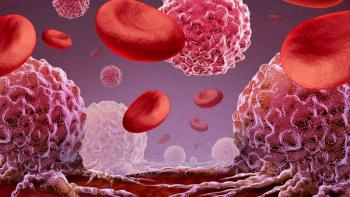
The future of brain cancer therapy?
UCLA researchers have found a way to predict which brain cancers will respond to Avastin (bevacizumab), a drug recently approved for the disease (see Drugs in the News). By examining imaging scans of the brain, before Avastin is even administered, researchers can predict with 70 percent accuracy which tumors would respond (see images below). The study focused on patients with glioblastoma, an aggressive form of brain cancer (read more on brain cancer in A Better Way to the Brain). Researchers looked at 82 patients treated with surgery and radiation. Half of the patients received Avastin every two weeks, and all patients had monthly MRI scans to monitor disease progression. By studying the MRI scans of patients whose disease recurred, they noticed something interesting.Knowing how Avastin works helped investigators understand how they could use MRI to predict which tumors would best benefit from the drug. Avastin blocks the vascular endothelial growth factor (VEGF), a protein cancer cells secrete to signal blood vessel growth to tumors. VEGF can also cause blood vessles to leak fluid into and around the tumor, causing swelling and water movement (depicted by the wavy borders shown in photo 1). Because more water movement signaled higher VEGF levels, it made sense to the researchers that tumors with high VEGF levels would make excellent targets for Avastin.Having the ability to predict who would respond to Avastin could potentially spare 50 percent of patients with recurrent glioblastoma the time, cost, and unnecessary side effects of a drug that wouldn't work, while providing them with other treatment options that may be more beneficial. Researchers say their next step will be to confirm the findings in a larger study.You can read more about the study at





